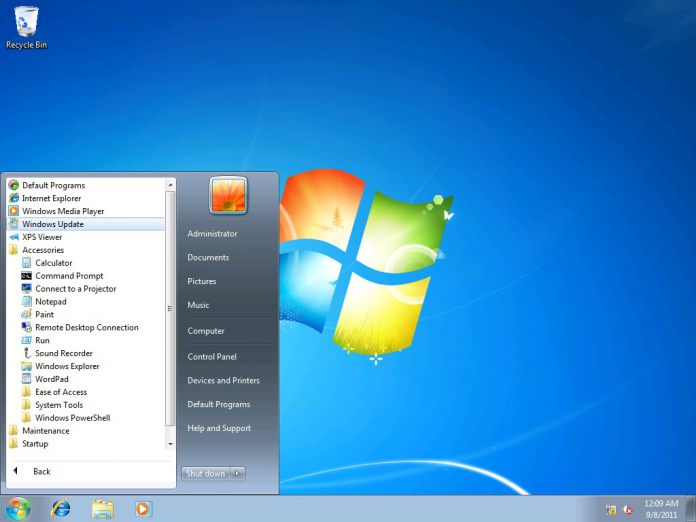When Microsoft said it would stop support for new chips on older Windows builds, there was considerable backlash. In reply, the company extended support for a year for Intel’s Skylake, and then came back and said it would extend until 2020. Again, this extension was just for Skylake. Newer processors like Intel’s Kaby Lake and AMD’s Ryzen are not supported. Microsoft is now implementing its changes. Of course, this is not a surprise as the company has been talking about it or a long time. It is still a bizarre choice by the company, though, and will likely incur the wrath of a lot of users. It is especially confusing in the case of Windows 8.1. The OS version is still within its mainstream support cycle, which will run until January 9, 2018. That means until next year Microsoft is still supporting the platform with new features. Beyond that, Windows 8.1 will get five years of additional support. As for Windows 7, it is currently in its extended support phase.
Implications
Ok, I get that some readers may be wondering what all the fuss is about … who is buying a Windows 7 or 8.1 PC these days anyway? That’s not really the point though. While Windows 8.1 is admittedly not seeing many license purchases, Windows 7 is still the second most used build on the market. Some businesses and even individuals are using the platform, but may need to update their hardware. Those customers are effectively being made to update to Windows 10. There are millions of business customers still engrained in Windows 7, but cannot get newer machines. These customers are stuck in a catch 22.




